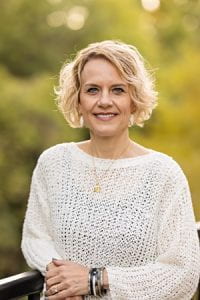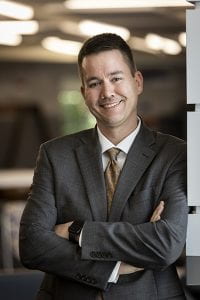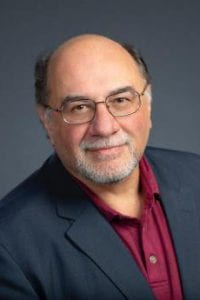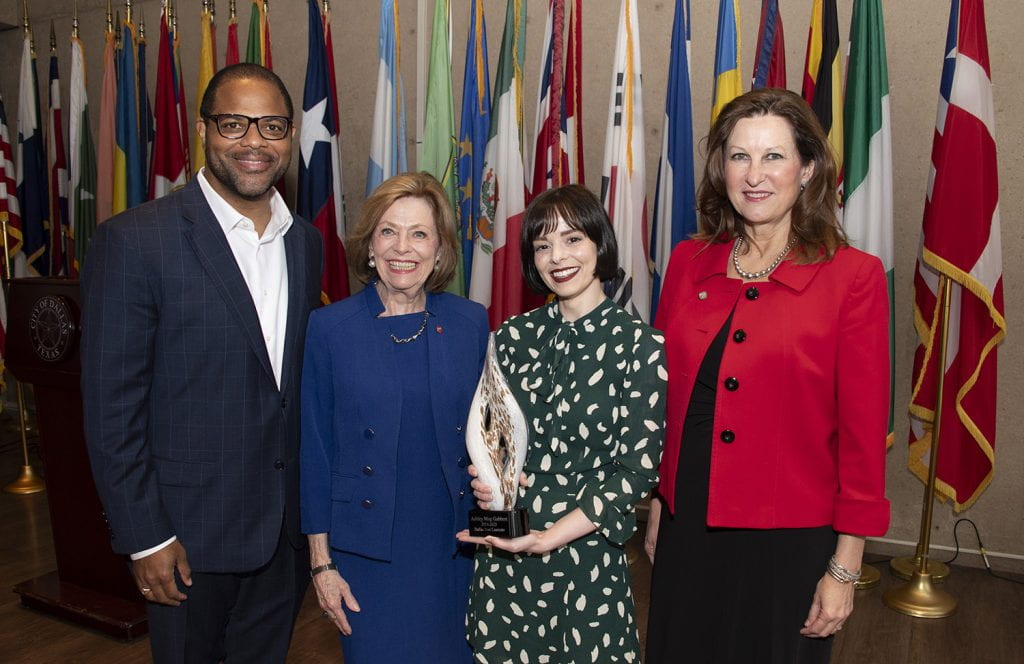Students in Dr. Eric G. Bing’s Creating Impact in Global and Public Health class learned how important their work can be in changing the community for the better.  The City of Dallas used the students’ design in a recent survey as one of four options under consideration for improving Dallas’ hike and bike trails. The survey was part of the city’s plan to engage the public and garner input on the best ways to grow a comfortable, safe, and direct bicycle network that serves the diverse communities in Dallas.
The City of Dallas used the students’ design in a recent survey as one of four options under consideration for improving Dallas’ hike and bike trails. The survey was part of the city’s plan to engage the public and garner input on the best ways to grow a comfortable, safe, and direct bicycle network that serves the diverse communities in Dallas.
Teams of undergraduates in Bing’s class presented their comprehensive strategies in the ninth Battle to Save Lives, a global and public health case competition in April. The Katy Trail-Alternate Route strategy was selected by judges to win the competition. The plan was designed to improve user safety on the proposed Dallas LOOP Bikeway and builds upon work from the previous year that identified bicycle speeds as a key problem for overall safety on the Katy Trail. 
The Department of Transportation will consider the students’ proposal in selecting the most suitable and feasible route to recommend to the Dallas City Council. DOT is expected to finalize that recommendation later in the calendar year.
Simmons Dean Stephanie Knight says the fact that an SMU student proposal is one of the plans considered speaks highly of what and how students are learning. “I was fortunate to witness the presentations and was so impressed with the keen analysis, creativity, and professionalism that went into these proposals. Thank you Dr. Bing and your students for being a great example of SMU Simmons’ engagement in the community and the future of Dallas.
Visit https://blog.smu.edu/globalhealthimpact/2024/05/20/the-2024-battle-to-save-lives-an-smu-global-and-public-health-case-competition/ for more on the students’ work.
















